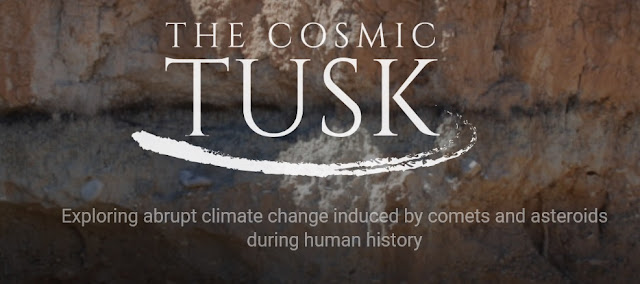The origin of Life Growth and fissioning (reproduction) of SALR clusters as the concentration of SALR particles is slowly increased. Okay, this is off-topic, but I thought I'd share the other research highlight of my career. Most biological molecules, like amino acids and nucleobases (the building blocks of proteins and DNA/RNA respectively), are 'SALR'. This means they are attracted to each-other at short range (the short-range attraction, or SA, part), but because they are typically also charged in solution, they repel each other at much larger separations (the long-range repulsion, or LR, part). I have been researching the behaviour of SALR particles in solution for the last 6 years or so. Last year, I discovered [1] that in a solution of SALR particles in which the concentration is slowly increased, the SALR clusters that form will gradually grow and then split, or fission. The above set of snapshots from a 3-D simulation shows this happening many times in suc





